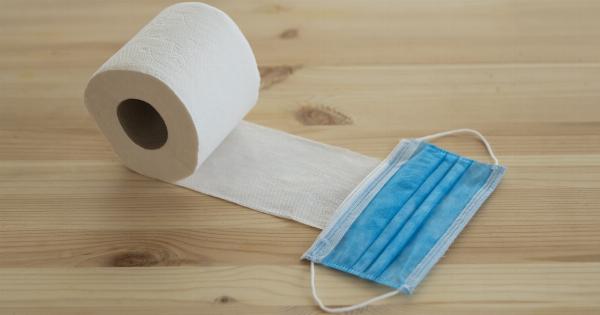Fever is a common symptom in children that occurs as a result of the body’s immune response to an infection or illness.
While fevers are often harmless and can even help the body fight off infections, they can cause discomfort and worry for parents. If your child has a fever, there are several natural methods you can use to help manage their symptoms and promote their recovery.
1. Monitor the fever
It is important to monitor your child’s fever closely to assess the severity of their symptoms and identify any underlying conditions. Use a reliable thermometer to regularly check their temperature and track any changes.
This will also help you determine if your child needs medical attention.
2. Ensure sufficient rest
Rest is crucial for your child’s recovery, as it allows their body to focus its energy on fighting off the infection. Encourage plenty of rest and limit physical activities until their fever subsides.
Ensure they have a comfortable and quiet environment to rest in.
3. Keep them hydrated
Fever can lead to increased water loss through sweating, so it’s important to keep your child well hydrated. Offer them water, clear broths, herbal teas, and electrolyte-rich liquids to replenish fluids lost during the fever.
Avoid sugary drinks and opt for healthy hydration options.
4. Dress them comfortably
Dress your child in lightweight, breathable clothing to help regulate their body temperature. Avoid bundling them up in heavy layers, as this can trap excess heat and make the fever worse.
Opt for loose-fitting clothes made from natural fabrics, such as cotton.
5. Use lukewarm baths or compresses
Lukewarm baths or compresses can help reduce your child’s fever and provide relief. Avoid using cold water or ice, as this can cause shivering and make the body retain heat.
Use a sponge or cloth soaked in lukewarm water and gently apply it to their forehead, armpits, and groin area.
6. Try herbal remedies
Certain herbs and natural remedies have been traditionally used to help reduce fever in children. However, it’s crucial to consult with a healthcare professional before using any herbal remedies to ensure their safety and appropriate dosage.
Some herbs that may help include chamomile, elderflower, ginger, and peppermint.
7. Apply essential oils cautiously
Essential oils, such as lavender or eucalyptus, can be used in a diffuser or diluted with a carrier oil and applied topically to help alleviate discomfort and promote relaxation.
However, it’s important to use essential oils cautiously with children and consult with a knowledgeable practitioner or aromatherapist for proper usage guidelines.
8. Use natural fever reducers
There are various natural fever reducers that can help alleviate your child’s symptoms. Acetaminophen and ibuprofen are often used to reduce fever in children, but their prolonged use can have side effects.
Instead, consider natural alternatives such as willow bark, chamomile tea, or ginger, which have mild fever-reducing properties.
9. Offer comforting foods
During a fever, your child’s appetite may decrease. Offer them easy-to-digest, nourishing foods that can help boost their immune system. Opt for soups, bone broths, fresh fruits, vegetables, and herbal teas.
Avoid sugary, processed, or heavy foods that can strain their digestive system.
10. Seek medical attention if necessary
While most fevers in children are caused by mild infections and resolve within a few days, it’s essential to seek medical attention if your child’s fever is prolonged, severe, or accompanied by other concerning symptoms.
A healthcare professional can evaluate and treat any underlying causes of the fever.






























